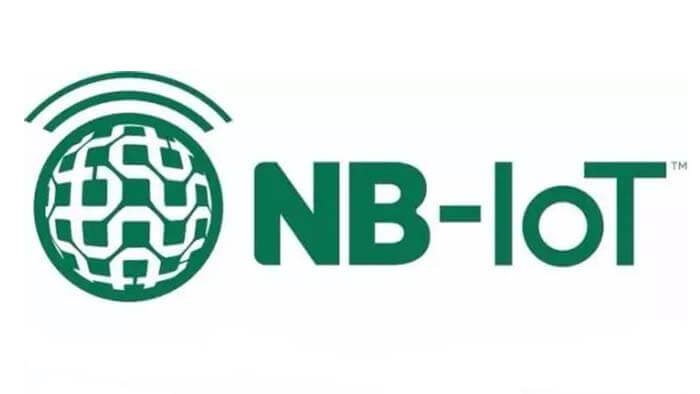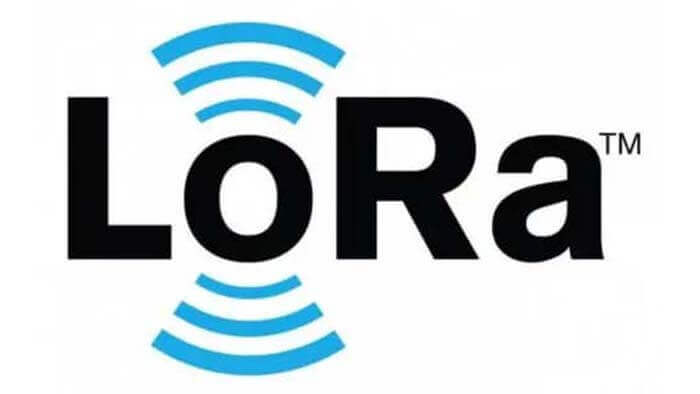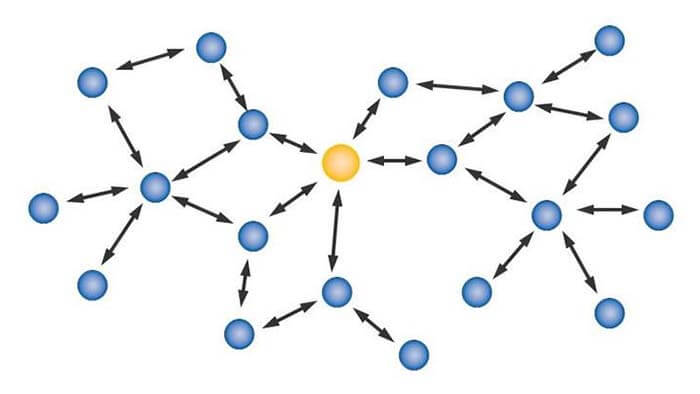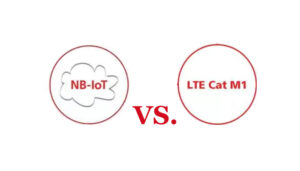What is the Internet of Things (IoT)?
The Internet of Things (IoT) is the Internet where everything is connected. There is another way to say it: the Internet of Everything.
What is considered an IoT product?
Let’s take two examples, e.g. 1, an ordinary watch is not considered IoT because it will not be connected to the outside world.
E.g. 2, A smartwatch, on the other hand, counts as an IoT product because it can be connected to a mobile phone via WiFi, Bluetooth, and other technologies, exchange information, and be controlled remotely. It can also interact with people.
By the smartwatch, we can see that the IoT has the following characteristics.
People are connected to things
Things are connected to things
Information
Remote management control
Intelligent
Networking technologies
There are many networking technologies on the market today, so we will briefly compare the features of various networking technologies so that readers can choose the right one for their application scenario.
Wi-Fi of the wireless technology comparisons

Wi-Fi, also known as “hotspot in action”, is a trademark of the manufacturer of the Wi-Fi Alliance for product branding and is a wireless LAN technology created from the IEEE 802.11 standard.
It was invented by a research team led by Dr. John O’Sullivan, an engineering graduate from the University of Sydney.
For every electronic device, we buy in 2010 that contains Wi-Fi technology, the price we pay includes a royalty to the Australian government for the use of the Wi-Fi patent.
Advantages:
Devices can access the internet
No wiring
Disadvantages:
Close proximity (50m)
High power consumption
Must have a hotspot
Bluetooth of the wireless technology comparisons

Bluetooth technology is a new wireless communication technology jointly announced in May 1998 by five of the world’s leading companies – Ericsson, Nokia, Toshiba, IBM, and Intel.
Advantages:
The most significant advantages of Bluetooth technology are its radiation protection, environmental friendliness, freedom from “wires”, anti-theft and ease of use.
Disadvantages:
High power consumption
Cumbersome connection process
Low security
Close distance (50 meters)
No direct access to the internet
ZigBee of the wireless technology comparisons

Zigbee is a wireless protocol for low-speed, short-range transmission. The underlying layer is a media access layer and physical layer using the IEEE 802.15.4 standard specification.
The main features are low speed, low power consumption, low cost, support for a large number of online nodes, support for a variety of online topologies, low complexity, fast, reliability, and security.
ZigBee technology is a new technology that has recently emerged and relies primarily on wireless networks for transmission, it is capable of wireless connectivity at close range and is a wireless network communication technology.
Advantages:
Low speed, low power consumption, low cost.
Supports a large number of nodes (up to 65,000)
Self-organizing network
Disadvantages:
No access to the Internet
Short-range (10 to 100 meters)
2G/3G/4G/5G of the wireless technology comparisons

2G/3G/4G/5G cellular networks technology is mainly used in scenarios where devices are connected to the internet.
Suitable for single devices or small numbers of devices in unattended or remote areas where there is no wired network broadband but data needs to be transmitted to the internet. Examples include street-side unmanned vending machines, honeycomb lockers, etc.
However, IoT devices using 3G/4G/5G technology require the use of a SIM card and will need to pay the operator for traffic.
Advantages:
Long-range (10km)
Internet access available
High mobility
Disadvantages:
4G/5G high cost, high power consumption
2G is about to be retired from the network
NB-IoT of the wireless technology comparisons

In response to the shortcomings of 2G/3G/4G/5G, new technology has been created, NB-IoT Narrow Band Internet of Things (NB-IoT) can be deployed directly on GSM, UMTS, or LTE networks to reduce deployment costs and enable smooth upgrades.
Advantages:
Long-range (10km)
Low power consumption
Internet access (can be plugged into a mobile phone card)
High mobility
Disadvantages:
High-speed development over the past few years, slowly covering the world, but no signal in some areas
LoRa of the wireless technology comparisons

LoRa is a wireless standard for low-power local area networks.
Its most important feature is that it can travel farther than other wireless methods with the same power consumption, achieving the unity of low power consumption and long-distance, it can expand the distance 3-5 times than traditional wireless RF communication with the same power consumption.
Advantages:
Long-range (2-5km in towns, 15km in suburbs)
Low power consumption (battery said to work for 10 years)
Security (AES128 encryption)
Disadvantages:
Slow speed
No internet access
Besides the 5 IoT Wireless Technology Comparisons article, you may also be interested in the below articles.
PCB Antenna VS. External Antenna
Ceramic Antenna VS. PCB Antenna, A Comparison Guide
Wifi vs. 5G, is 5G better than Wifi?
Mobile Networks’ Evolution From 1G To 5G




